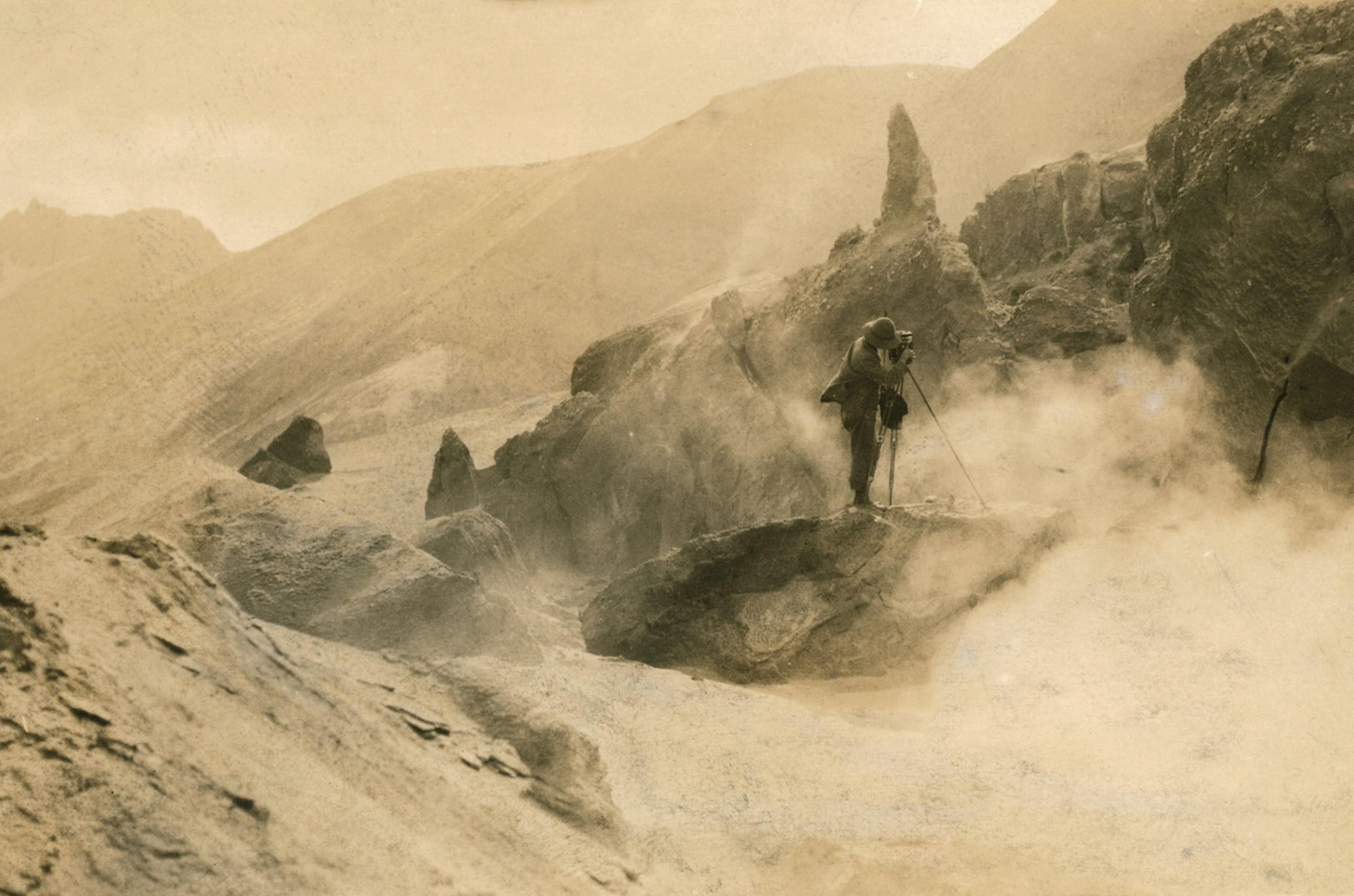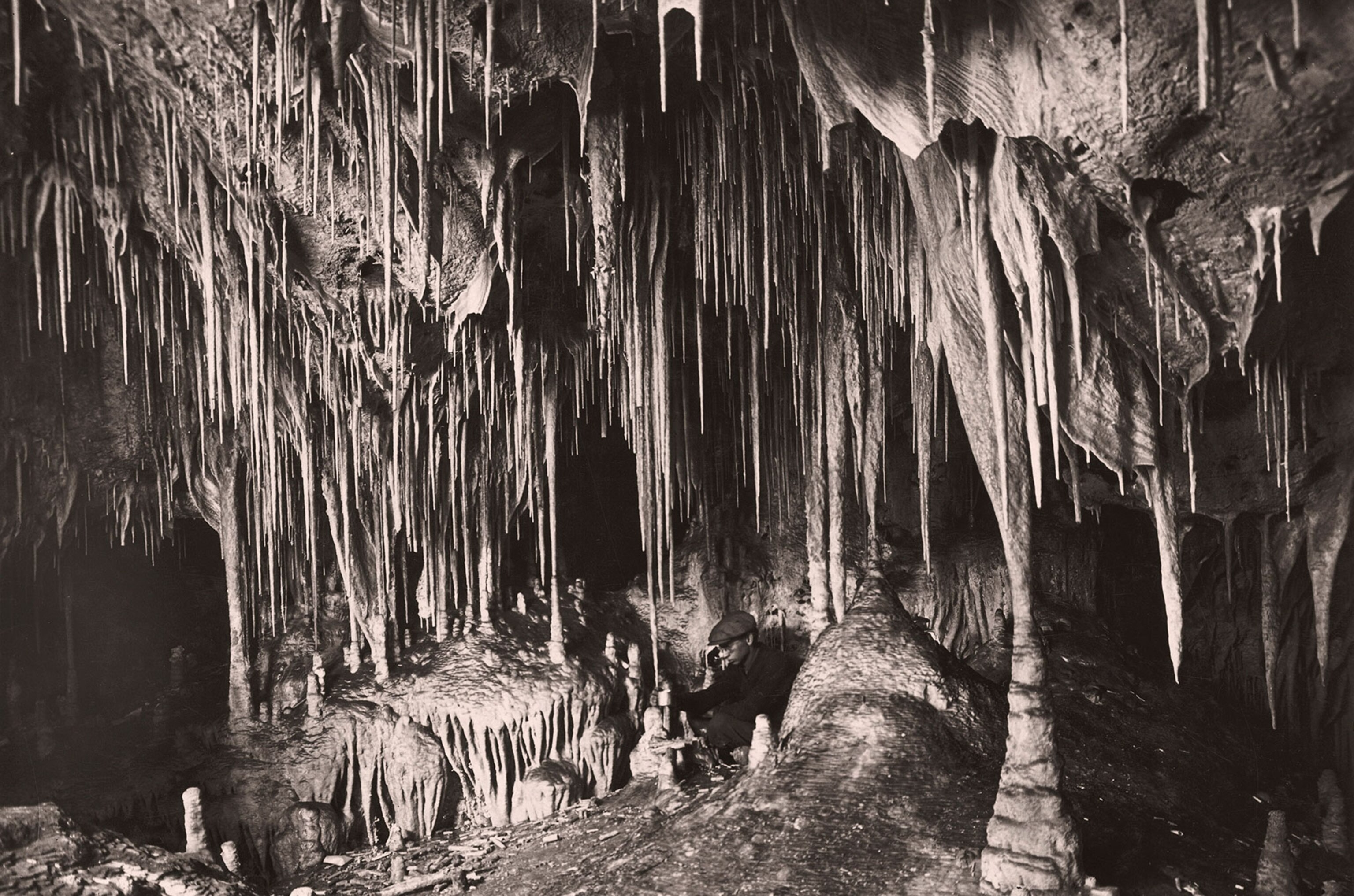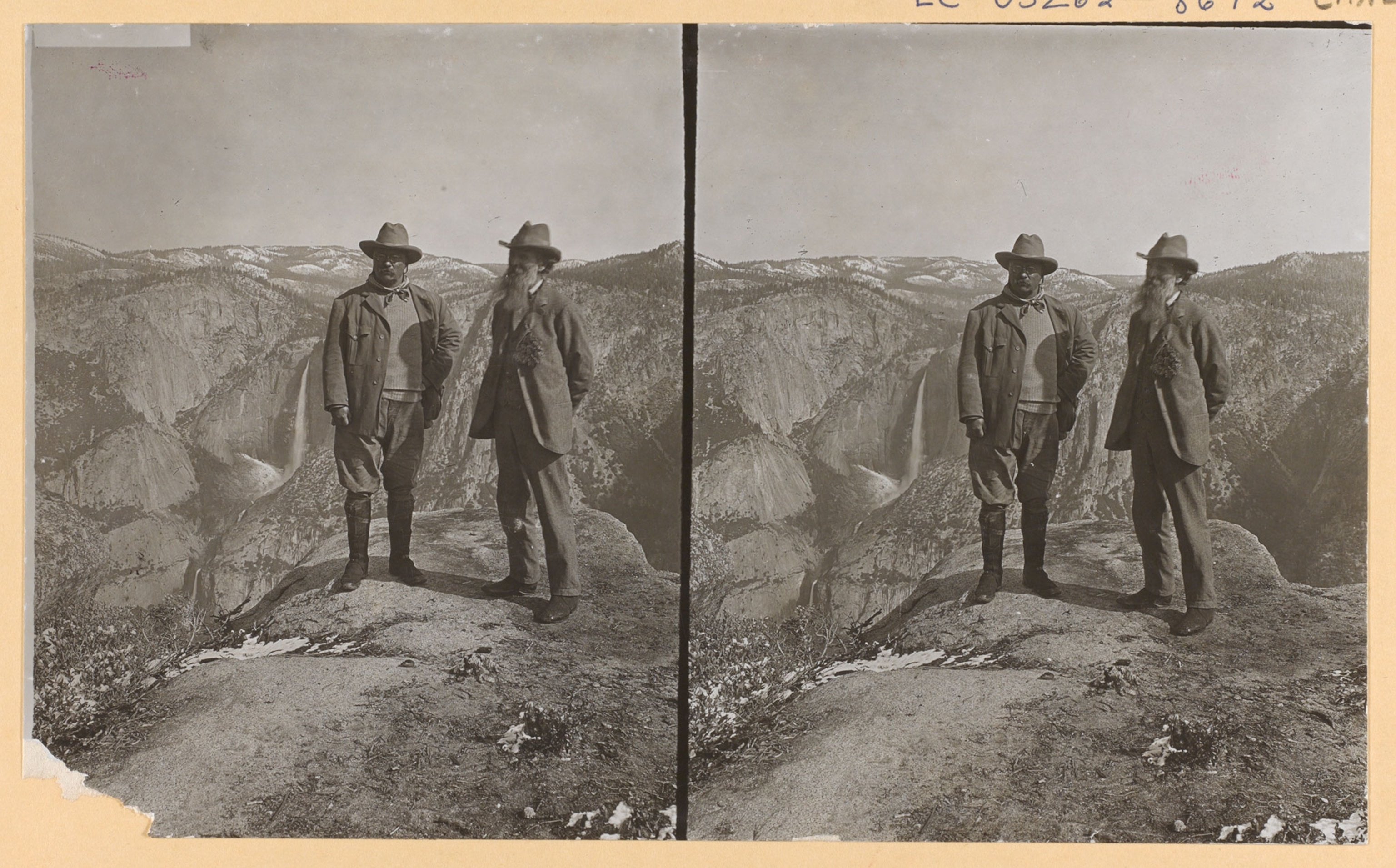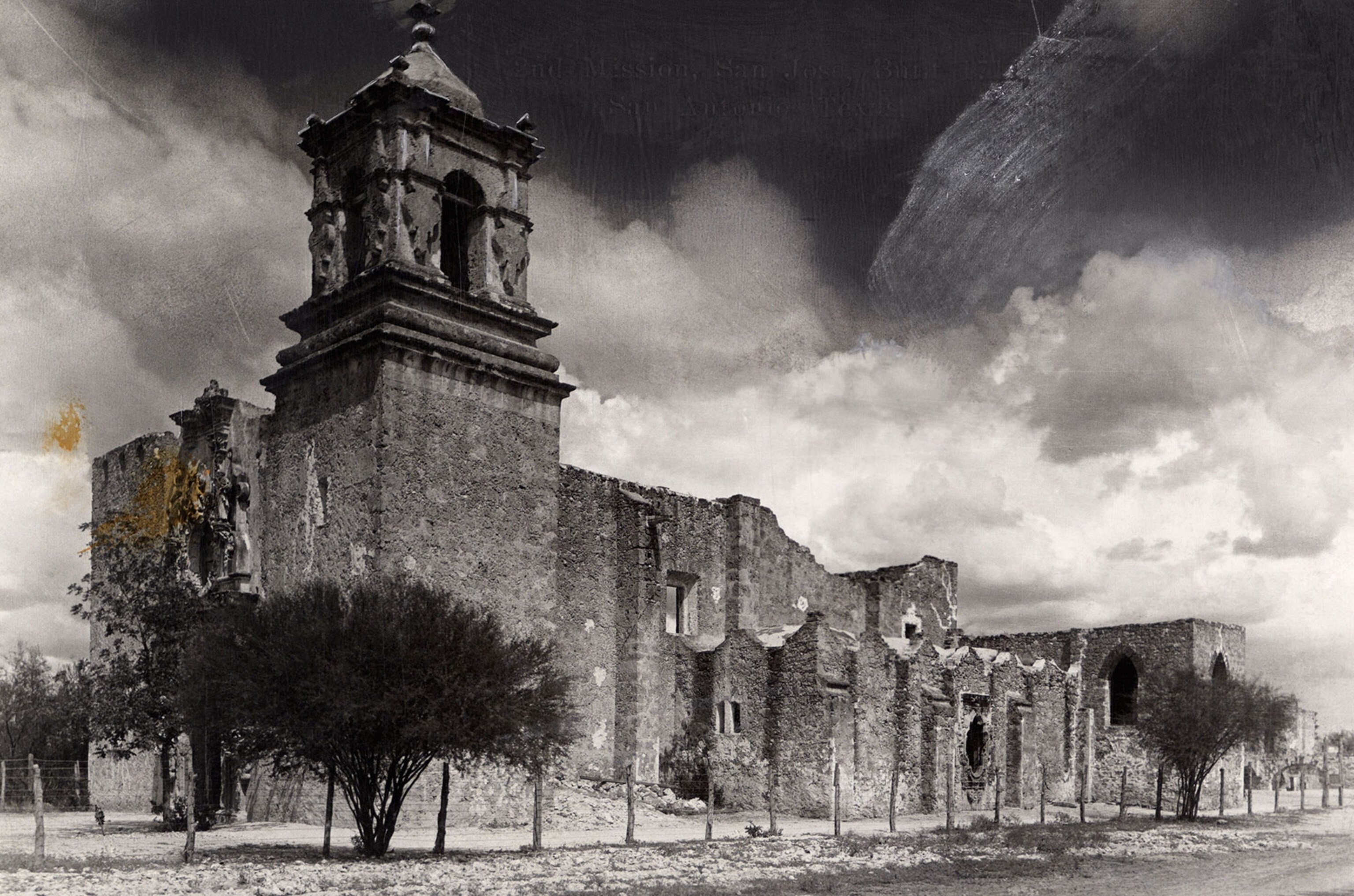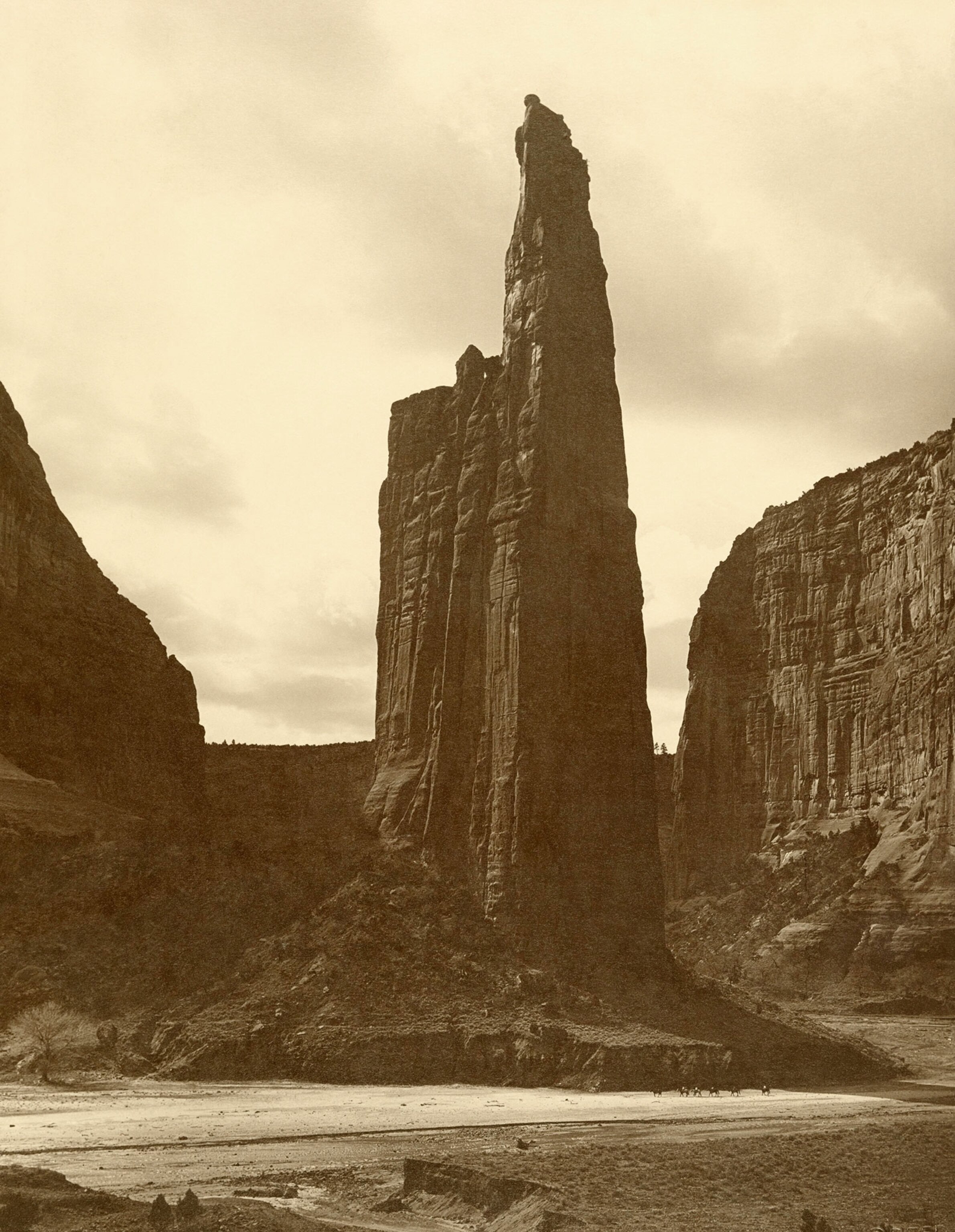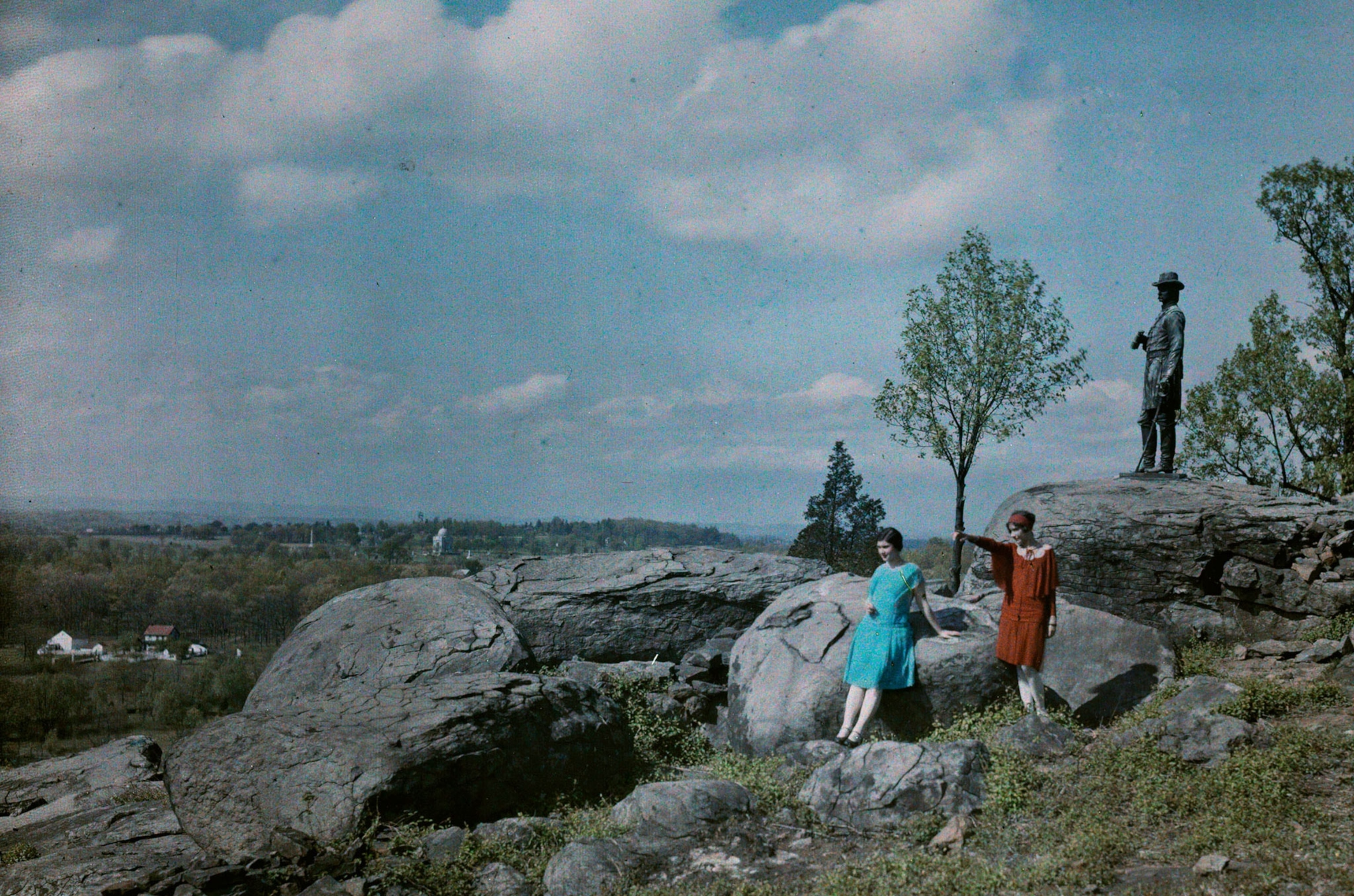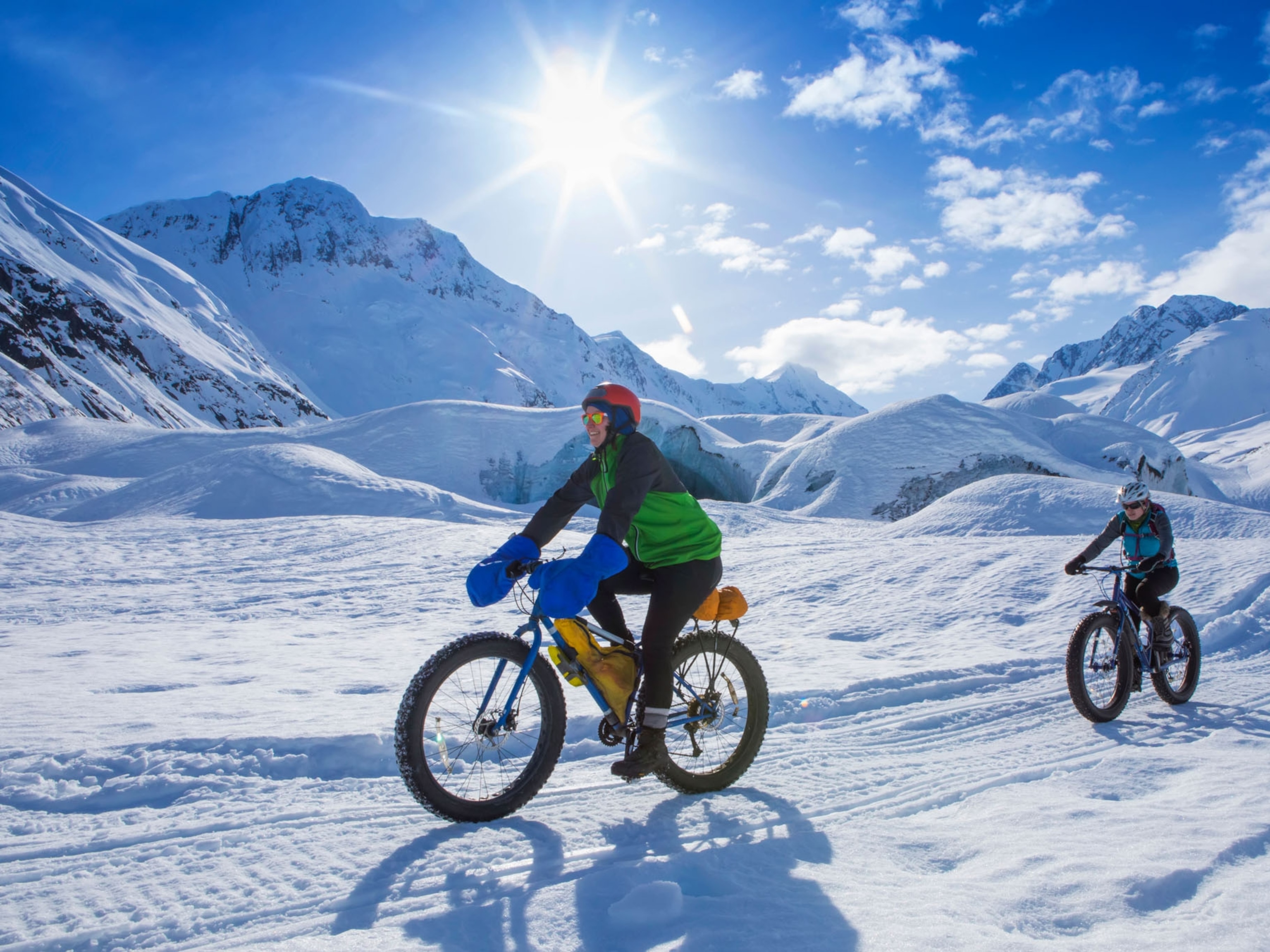
10 Surprising Facts About Yellowstone
The world’s oldest national park changed the way people think about nature, leaving an enduring legacy.
Yellowstone, the world’s first—and still most famous—national park, was established in 1872, the year the Brooklyn Bridge was being built and President Ulysses S. Grant completed his first term in the White House (then called the Executive Mansion). That same year Jules Verne was finishing up Around the World in 80 Days and Thomas Edison perfected the duplex telegraph. But nothing changed the world like Yellowstone.
The new park taught people the value of restraint; that we save wild places so they might one day save us.
Stunning Vintage Photos Show the History of National Parks
Here are ten surprising facts about Yellowstone and its enduring legacy, from the new National Geographic book The National Parks: An Illustrated History. (Also check out the new special Wild Yellowstone on Nat Geo Wild on Sunday, December 6 at 9/8c.)
1. Three years before the establishment of the park, when explorer David E. Folsom first sighted Yellowstone Lake in 1869, he called it “a scene of transcendental beauty.” Other wondrous features abounded, including canyons, thermal basins, and rock formations that “bore a strong resemblance to an old castle.”
2. Folsom and his fellow explorer Charles W. Cook wrote an account of their expedition but had trouble selling it because magazine editors believed it too far-fetched.
3. When members of the 1870 Washburn-Doane Expedition to Yellowstone returned home thin and haggard, a witness said all but one appeared unfit to be seen on the street. Yet all the men talked excitedly, as if they’d discovered a children’s fairy tale.
4. Painter Thomas Moran of the 1871 Hayden Expedition sold his 7’x12’ canvas painting Grand Canyon of the Yellowstone for $10,000—to Congress. It was the first landscape painting ever featured in the U.S. Senate lobby.
5. When Yellowstone National Park was established, Wyoming, Idaho, and Montana were not yet states. As such, the park proposal received little opposition from regional governments and business interests. According to one far-sighted congressman, the park would be “a breathing place for the American lungs.”
6. At first, Americans thought one national park was enough. But Yellowstone had power. It became a source of national pride, and it attracted people from all over, creating its own economy. And so the idea grew into what we have today: thousands of national parks around the world.
7. In the beginning, Yellowstone was administered by the U.S. Army. Not until 1916 was the U.S. National Park Service (NPS) established. For decades the park was managed to increase visitor satisfaction, which included stocking non-native species of fish and killing out the wolves to increase the numbers of elk and other grazing animals (which the public wanted to see at the time).
8. In the early 1950s professor A. Starker Leopold (eldest son of author/ecologist Aldo Leopold) told his graduate students that given the steady evolution of science-based management on public lands, one day the NPS will let forest fires burn. None of his students believed him. Some 35 years later, in the summer of 1988, the NPS let the Yellowstone fires burn.
9. During that fiery summer, businesses in the park complained that letting the fires burn would disfigure and blacken the park and ruin tourism. It did not.
Yellowstone received more visitors in 1989 than in any other year that decade. Burned pine bark proved nutritious for elk. Grizzlies prospered. Aspen seedlings appeared everywhere. And over the next eight years white bark pine seedlings appeared in all 275 study plots monitored by the NPS.
10. The 1995 re-introduction of wolves into Yellowstone (after a 70-year absence) proved to be a miracle, of sorts. “An ocean of elk and bison awaited them,” wrote Montana writer Rick Bass.
In snapping the park’s ecology back into balance, the wolves gave countless other species greater vitality. Elk no longer behaved like feedlot cattle. They were elk again, agile and alert. Streamside vegetation rebounded. Bright little songbirds returned.
“There is color in the land again,” wrote Bass. “Or perhaps it was always there, like a pigment in the soil, but was simply rendered imperceptible for awhile.”
Check out the new book The National Parks: An Illustrated History from National Geographic and the new special Wild Yellowstone on Nat Geo Wild on Sunday, December 6 at 9/8c.
